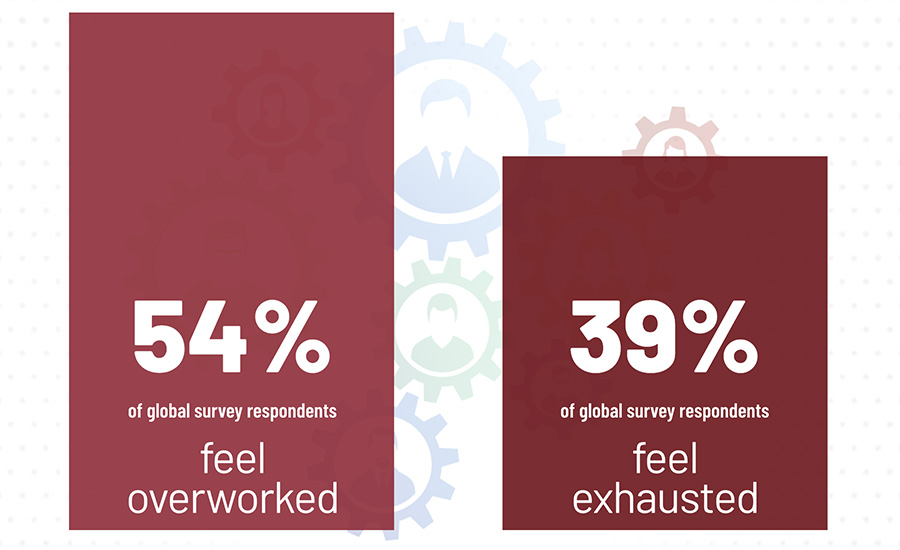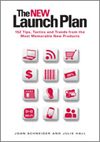We’ve said this, we’ve written this: We here at Flexible Packaging are tired of covering the pandemic just as much as you’re tired of hearing about it. The problem is that its effects continue to ripple throughout world and we all continue to be impacted by those waves. Many, if not all of us, thought or hoped that we would’ve been done with anything related to the pandemic after more than a year. However, things appear to be getting worse.
At the time of this writing, variants of the illness continue to be discovered. Children and young people, who were once considered less likely than adults to contract COVID, are now among the highest rates of new cases. Michigan is averaging about the same number of new cases as it did at its previous height and has opted to maintain its restrictions with office buildings for another six months — all while people are becoming increasingly fatigued with anything having to do with the virus, like I wrote at the very beginning.
Each of us is being affected in different ways. For example, some of you may be on a production floor while others, like me, are working from home offices. A lot has been written and shared about the difficulties of those working on manufacturing floors, however a recent study by Ketchum, “The New Essentials: Working Lessons from a Year in the Pandemic,” finds that while 55% of frontline workers report feeling burned out, 56% of people working remotely because of the pandemic feel burned out.

Illustration by gobyg / DigitalVision Vectors via Getty Images
“The findings of Ketchum's New Essentials study really echo what I'm seeing every day with many of my patients. Employed Americans are feeling more stressed now than they were before the pandemic, due to the absence of social contact, the inability to move about freely in the world and the claustrophobia that develops from being in the same place all day long,” says psychologist Patricia Raskin, Ph.D., professor emerita at Teachers College, Columbia University. “Employers need to keep in mind that without the ability to leave home to work, many employed individuals are engaging in work and childcare simultaneously, 24 hours a day.”
But that’s just one study, right? Surely there’s no way that people working from home can be having just as tough or tougher time than those who aren’t? Well, Microsoft’s 2021 Work Trend Index finds pretty much the same thing.
According to Microsoft’s findings, 54% of global survey respondents feel overworked while 39% feel exhausted. The company goes on to add, “And trillions of productivity signals from Microsoft 365 quantify the precise digital exhaustion workers are feeling.”
This all has to mean that if frontline workers and remote workers are unhappy, then pretty much everyone is unhappy, right? Not necessarily. Microsoft found that the people who call the shots are feeling pretty good. The index reports that, “Sixty-one percent of leaders say they are ‘thriving’ right now — 23 percentage points higher than those without decision-making authority. They also report building stronger relationships with colleagues (+11 percentage points) and leadership (+19 percentage points), earning higher incomes (+17 percentage points) and taking all or more of their allotted vacation days (+12 percentage points).”
Both surveys indicate that much of the difficulties stem from a combination of digital overload and “boundary crossing” caused by a disconnect between managers and employees — which is pretty ironic if you think about it. Where’s this disconnect happening? Try hallways or at the break room or water cooler, or rather a lack thereof.
“Those impromptu encounters at the office help keep leaders honest,” says Jared Spataro, CVP at Microsoft 365. With remote work, there are fewer chances to ask employees, ‘Hey, how are you?’ and then pick up on important cues as they respond. But the data is clear: Our people are struggling. And we need to find new ways to help them.”
What People Can Do
Around months three to six of the pandemic, basically when the realization that it wasn’t going to quickly go away began to stick, articles with tips about working from home began to pop up like dandelions in summer. They covered the basics like create a regular routine, set regular working hours and generally do what you can to separate work life from home life. That’s all great advice. Having worked at a company that, for years, has had a full-time flexible schedule, a great deal of remote workers and a mantra of “as long as the job gets done,” I can tell you from personal experience that I’ve seen those strategies work. Even with my highly informal and anecdotal survey talking to people in the packaging industry about working from home and employment in general, the success of these strategies comes up. But even these strategies can mask an underlying unhappiness.
“The COVID-19 pandemic forever altered the relationship between employer and employee,” says Tamara Norman, partner and managing director of Ketchum's Employee Communications & Engagement specialty. “Looking forward, it's not about a ‘return to work’ — many people never stopped working, and many of us are working harder than ever. The big change is the evolving concept of workplace and how employees experience the company, no matter where they are. Employers need to ask: What are the new essential elements of an employee experience?”
Ketchum defines some of these new essentials as workplace flexibility, health benefits expanded to include mental health and a potential move to a four-day workweek. Microsoft says that creating a more “authentic” or “more human” work experience is the key to aiding workers masking their burnout through productivity. Things like seeing a coworker’s child or pet on camera help to humanize that person as well as to help others feel more comfortable to be themselves. Essentially, it’s doing the reverse of what many remote employees have been doing since the pandemic started: Instead of letting work life seep into home life, bring home life to work life.
Other ways have sprouted to create bonding experiences, too. Students, for example, take virtual field trips to the zoo or museum together. Why not do something like that as a virtual corporate retreat? Of course, there’s always the virtual happy hour to bond with coworkers as you relieve work stress.
There are likely numerous ways to help remote workers to cope, but understanding that they may feel burned out is the first step. A coworker who feels neglected might start seeing greener grass on the other side. While they might be more likely to stick around due to everything caused by COVID now, helping them to get through things could keep them from hopping the fence later.




